Do you have a question about the HP P10000 and is the answer not in the manual?
| Model | P10000 |
|---|---|
| Category | Storage |
| Drive Types Supported | SSD, SAS |
| RAID Levels Supported | 0, 1, 5, 6, 10 |
| Host Connectivity | Fibre Channel, iSCSI |
| Redundancy | Redundant power supplies |
| Operating System Compatibility | Windows, Linux, VMware, HP-UX, AIX |
Lists related documents for HP 3PAR Storage Systems and InForm OS.
Explains the typeface conventions used in the manual for clarity.
Highlights safety information and warnings for HP 3PAR Storage Systems.
Details the key components of the HP 3PAR Storage System.
Provides physical, capacity, and power/heat specifications for V400/V800 models.
Lists required cables and provides guidelines for Fibre Channel connections.
Outlines general recommendations for facility planning.
Defines customer responsibilities for site preparation and environment.
Suggests site planning considerations before delivery and installation.
Describes the content of the systems planning document.
Provides dimensions and weights for shipping containers.
Explains the process for acclimatizing the system to ambient conditions.
Considerations for equipment location, layout, and facility construction.
Guidance on housing systems in a cool environment and using raised flooring.
Explains advantages of raised floors for cooling, cabling, and access.
Details specifications for standard raised floor construction.
Shows recommended tile cutout specifications for cabinets.
Provides dimensions for anchoring systems for stability.
Offers recommendations for raised floor installations.
Describes optimal airflow management using hot/cold aisles.
Recommends access areas for cabinets during operation and installation.
Specifies requirements for cleanliness, temperature, and humidity.
Details cooling requirements and airflow management.
Ensures sufficient airflow and proper pressure for cooling.
Highlights importance of clean air and filtering to prevent contamination.
Overview of power distribution and requirements.
Details the four PDUs mounted in the cabinet and their configuration.
Describes battery compartments and internal power cord routing.
Specifies site electrical requirements and outlet needs.
Lists power consumption and heat output for system components.
Discusses the importance of stable input power for reliability.
Covers voltage/frequency tolerance, spikes, ESD, branch circuits, and emergency power.
Details external network connections and IP requirements.
Explains shared and private network topology options.
Describes connecting the system and SP to the internal customer network.
Details connecting the system and SP to a dedicated private network segment.
Lists TCP/IP port assignments for communication between components.
Explains PCI slots and connections for controller nodes.
Specifies quantities and lengths of cables needed for installation.
Guidelines for connecting controller nodes to network and hosts.
Describes internal cabling for single and multi-cabinet configurations.
Details upper and lower access openings for cable routing.
Explains connections for remote error detection and diagnostics.
Provides guidelines for establishing service processor connectivity.
Explains the unique regulatory model number for identification.
Details FCC RF emission limits and device classifications (Class A/B).
Describes how to interpret the FCC classification label.
Explains compliance requirements for Class A and Class B digital devices.
Covers FCC declaration, modifications, and cable requirements.
Compliance statements for Canada and the European Union.
Compliance statements for Japan and Korea.
Compliance statements for Taiwan.
Disposal guidelines for electronic waste in various regions.
General warnings and procedures for battery handling and replacement.
Specific battery handling and disposal instructions for the Netherlands.
Battery handling and disposal instructions for France and Germany.
Battery handling and disposal instructions for Italy and Japan.
Battery handling and disposal instructions for Spain.
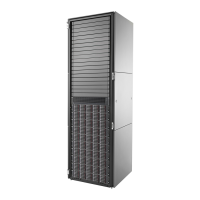
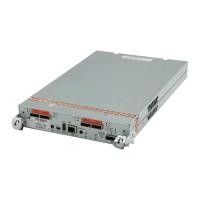
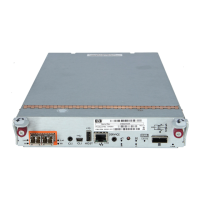
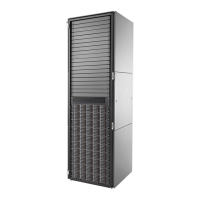
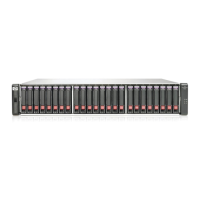





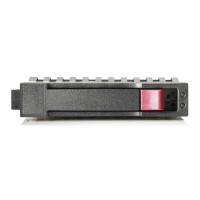
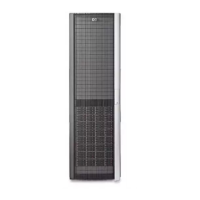
